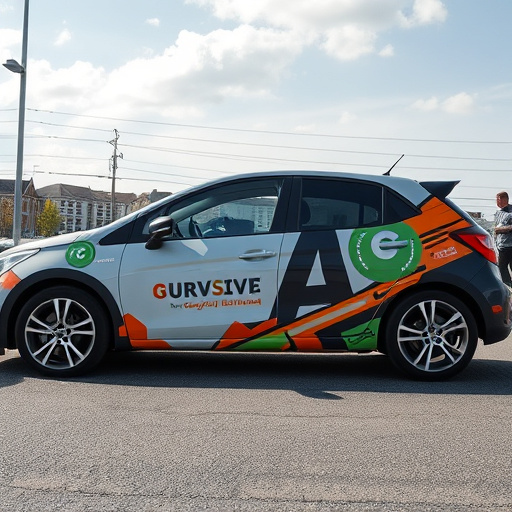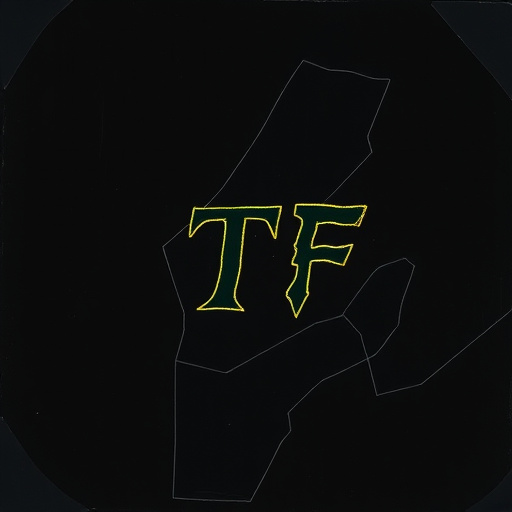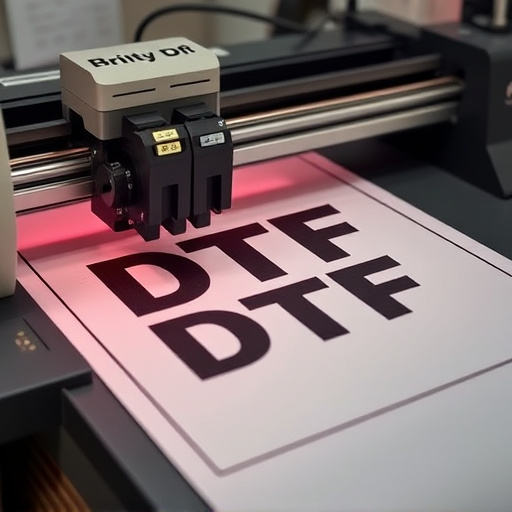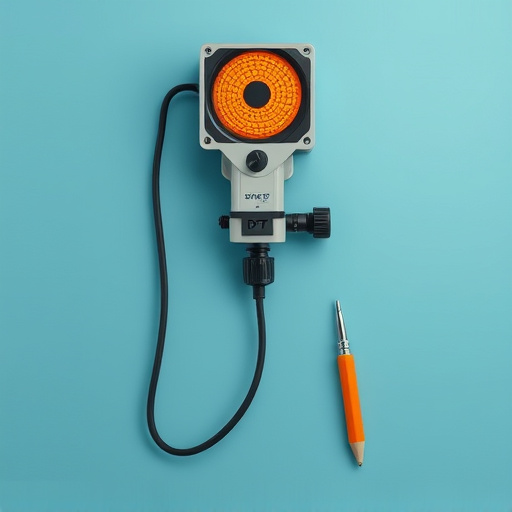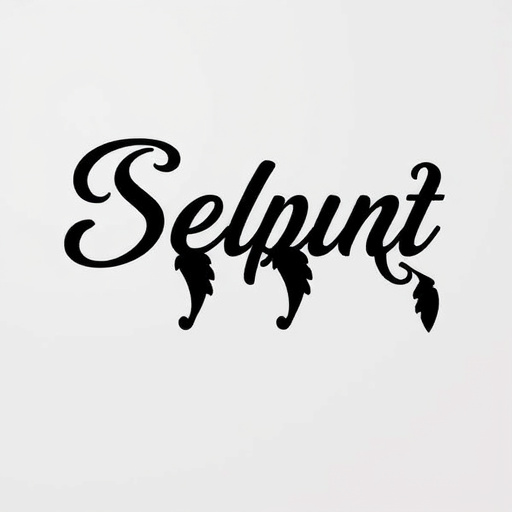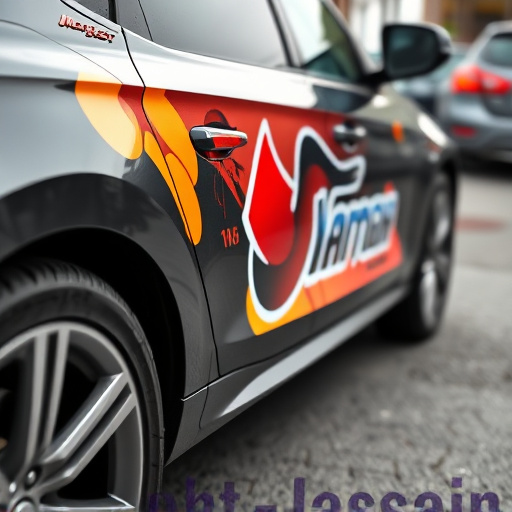Corporate graphics design for annual reports balances visual appeal and functionality, clearly presenting complex financial data while aligning with brand identity. Through strategic design choices, simplicity, readability, and consistency, companies create compelling narratives that engage stakeholders and enhance brand recognition. Custom illustrations, charts, and infographics transform data into accessible formats, revolutionizing information presentation and leaving a lasting impression.
In today’s digital landscape, corporate graphics design plays a pivotal role in how businesses communicate with stakeholders. When crafting annual reports and documents, designers have a unique opportunity to transform raw data into compelling narratives. This article explores key principles of corporate graphics design, offers best practices for visual storytelling in annual reports, and delves into creating impactful layouts and data visualizations that resonate with audiences.
- Understanding Corporate Graphics Design Principles
- Visual Storytelling in Annual Reports: Best Practices
- Creating Impactful Layouts and Data Visualizations
Understanding Corporate Graphics Design Principles

In the realm of corporate graphics design for annual reports and documents, understanding key principles is paramount. Effective corporate graphics go beyond mere aesthetics; they serve as a powerful communication tool, conveying complex information clearly and concisely. The design should align with the brand’s identity, reflecting its values and culture while maintaining professionalism and accuracy. Incorporating custom graphics and visuals can significantly enhance readability, making dry financial data more engaging and digestible for stakeholders.
Designers must balance visual appeal with functional requirements. Well-designed annual reports and documents act as a vehicle wraps for the company’s story, effectively conveying achievements, challenges, and future strategies. Moreover, attention to detail in corporate graphics design is crucial, ensuring consistency across all pages and elements, from logos and color schemes to typography and layout. This not only boosts brand recognition but also enhances the overall user experience, transforming what could be a tedious read into an informative and enjoyable journey. Consider vehicle protection as a metaphor for how robust and resilient the design should be, safeguarding vital information while making it accessible.
Visual Storytelling in Annual Reports: Best Practices
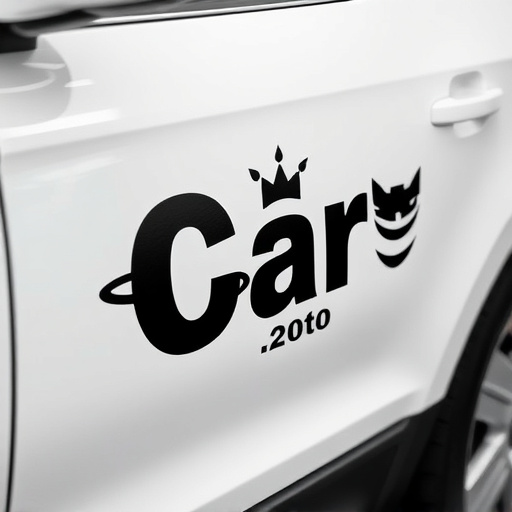
In annual reports, visual storytelling is a powerful tool to engage stakeholders and convey complex information effectively. Corporate graphics play a pivotal role in transforming raw data into compelling narratives. Through strategic use of colors, typography, and layout, designers can create visually appealing pages that mirror the company’s identity and values. Incorporating infographics, charts, and images not only breaks down intricate financial details but also allows readers to grasp insights more easily. For instance, a well-designed graph can illustrate trends in sales or market share over time, making it a powerful addition to any annual report.
Best practices for visual storytelling in these documents include keeping designs clean and uncluttered, ensuring readability across different formats, and maintaining consistency throughout. Corporate graphics should enhance the text rather than compete with it. Using high-quality images and professional detailing, akin to those seen in automotive styling or meticulous window tinting installations, can elevate the overall aesthetic appeal. This visual harmony contributes to a positive perception of the company’s professionalism and attention to detail, making the annual report more memorable and impactful.
Creating Impactful Layouts and Data Visualizations
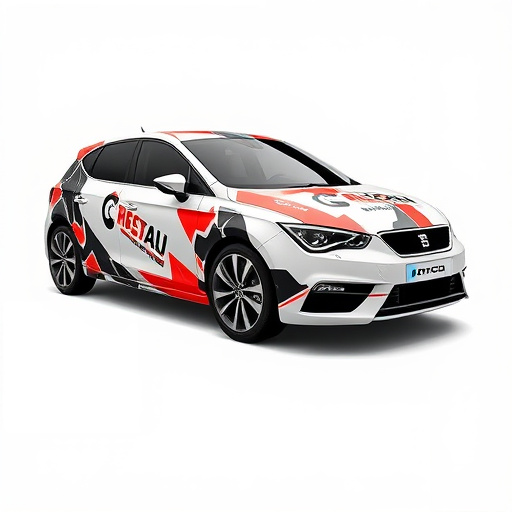
In the realm of corporate graphics design for annual reports and documents, creating impactful layouts and data visualizations is an art. Professional designers leverage custom graphics to transform complex information into visually appealing and easily digestible formats. By incorporating intricate illustrations, charts, and infographics, they ensure that financial data, key performance indicators, and strategic insights are not only understood but also remembered by stakeholders.
This meticulous process involves balancing aesthetics with functionality. Well-designed layouts not only enhance the overall readability of the report but also reinforce the brand identity of the corporation. Custom graphics, when executed with precision, can effectively convey even the most labyrinthine data points, making them accessible to a diverse audience. Whether it’s for a professional PPF installation or paint correction, the design should always aim to revolutionize the way information is presented, ensuring a lasting impact on viewers.
Corporate graphics design plays a pivotal role in transforming dry, numerical annual reports into compelling visual narratives. By understanding fundamental design principles, leveraging visual storytelling techniques, and creating impactful layouts with data visualizations, businesses can effectively communicate their achievements and strategies. Incorporating these best practices ensures that corporate documents not only meet regulatory requirements but also engage stakeholders and investors, ultimately enhancing the overall impact of your financial disclosures.

